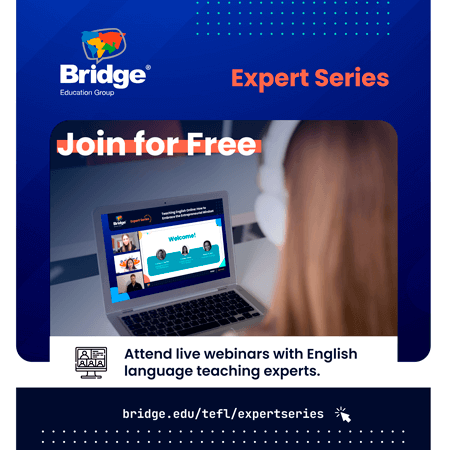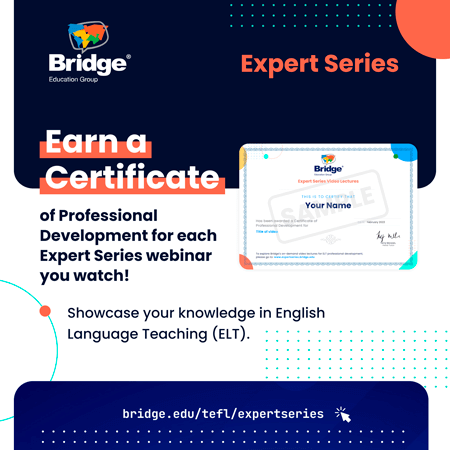Even experienced teachers can fall into bad habits, using outdated techniques that limit students’ learning experience rather than broadening it. Curriculum expert, Susan Weymouth, shares an EFL teaching tip to help you avoid a time-frozen teaching technique and adopt a more vibrant strategy that your students will love.
Time-Frozen Strategy: Grammar-Translation
This method was designed for Latin instruction through the past few centuries, but its principles were also applied to living, modern languages. The most common approach was to illustrate and study a grammatical structure. Next, students would be assigned a written passage in the target language to translate. They would provide a translation of the passage into their first language through dictionary work and consultation of grammar charts. That translation would be graded for accuracy against a teacher-supplied answer.
Since communication between real people about their day-to-day concerns was not part of this technique, it is not surprising that people failed to achieve that objective when taught with this strategy. Its proponents sometimes said that its true objective was developing mental rigor and problem solving, not language learning. Today, outside upper-division literature classes that use translation to make fine points about the history of writing and comparative literature, the grammar-translation method has few proponents. However, you still find teachers assigning translation to their students in classrooms around the world.
Vibrant Strategy: Working with Authentic Materials
Reacting to writing or listening gives our students something to talk about. It also helps improve their ability to use English in the real world, if the materials are actually in the media today, instead of relics of past times. The Internet makes it easy to share everything from menus to travel brochures, from pop songs to film scenes, from corporate reports to breaking news. Best of all, we can make our selections with our students needs and interests in mind. Even beginners gain a sense of accomplishment when that billboard or magazine ad finally makes sense.
Since these materials are listening or viewing, we can broadly call these lessons in the receptive skills. However, the bigger truth is that by talking and or writing before and after or reading or listening work, we are giving students balanced lessons which support all their communicative skills. A basic plan includes these elements:
Pre-listening or reading: Engage students on the topic. Pass out some photos. Write a provocative question on the board and ask them to talk about it in pairs.
Listening, viewing, or reading the authentic material: Ask main idea questions first that get students to consider the whole rather than the parts. This will build confidence and add structure. Then follow up with work on some details.
Post-listening or reading: Give students the opportunity to talk and write about the ideas in the materials. Encourage them to apply those concepts to their own lives. What would you order from this menu? Would you buy the product in this ad? Would you invest in this corporation? Small groups discussions and projects are easy to design for this step.






